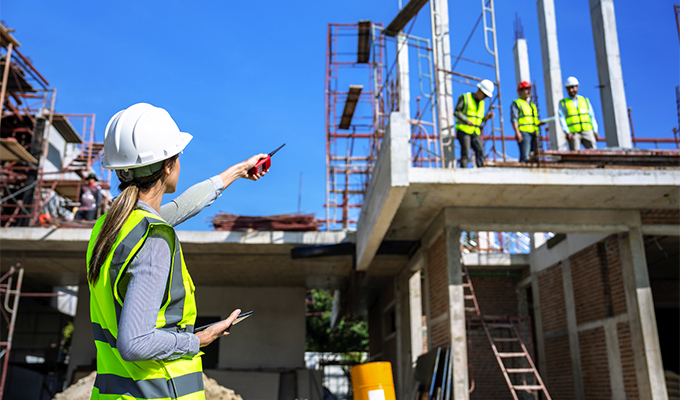The construction industry is dangerous, and sometimes bad habits form because of the pressure. Construction workers need supportive employers to reduce health risk behaviors, which will decrease turnover and increase well-being.
Wages for construction workers are higher than in most industries, but many people want more from their employers, such as mental health support and personal wellness programs.
What Poses Health Risks to Construction Workers?
The National Institute for Occupational Safety and Health (NIOSH) published a study about construction workers’ higher health risks compared to other industries. There is a foundation for unsafe working conditions due to physical demands, potential chemical exposure, and use of hazardous machinery and tools. Occupational hazards need addressing just as much as the behaviors resulting from them.
However, these are not the only health risks harming construction workers — toxic behaviors are consistent among those in the industry, including:
- Excessive tobacco and smokeless tobacco usage
- Binge drinking
- Neglecting leisure time and self-care
- Not always using a seatbelt
Other adverse side effects are possible due to shift work, such as sleep deprivation and fatigue.
What in the Industry Reinforces These Behaviors?
One of the reasons construction workers are so prone to these behaviors is a lack of preparation for the stresses of the job. Depending on the industry, workplace stress is a side effect on any employee. It’s only fair that enterprises take responsibility for helping people entering particularly pressuring industries.
They could train employees to notice the signs of these harmful behavioral health risks, including:
- Tension among co-workers
- Inconsistent work attendance or performance
- Wild mood swings
- Mental health shifts, like anxiety and depression
- Inclination to participate in risky behaviors
Another integral problem with the construction industry comes with the structure of the work. End-of-season layoffs and prolonged separation from families would cause physical and mental health strains on most.
This is often exacerbated by the physical side effects of construction work, such as chronic pain, hypertension and diseases from exposure to dangerous substances like asbestos. Lead alone causes health problems like nervous system damage but could also cause marital or relationship issues since it can lead to infertility.
These consequences are embedded into the framework of the construction industry, driving quality professionals to inadequate coping mechanisms to earn a paycheck.
What Actions Can Reduce Behavioral Health Risk?
Unions, employers and governments should act by offering support. Experts fear toxic masculinity and lack of open discourse to discuss these mental health issues worsen conditions.
This can come in countless forms, whether government reformation or employer-specific programs. Many solutions exist to help construction workers stop resorting to harmful behaviors.
Another internal approach is targeted intervention. Employers could provide counselors or regular check-in appointments with employees to monitor mental and physical health levels. Governments could also require companies to offer wellness programs and education to help workers learn how to build immunity to resist stressors or mindfulness exercises.
The industry could also reduce health risks by moving to greener alternatives. For example, construction workers’ exposure to petrochemicals and lead from paint is prevalent. A move to paint that does not contain these harmful substances would help overall health and reduce the temptation for unhealthy behavioral crutches.
Employers must stress that these changes in their health will not put workers at employment risk. Most do not come forward about issues, as they do not want companies to see them as insufficient. Therefore, the struggles stay bottled until they worsen. Employers must communicate they will not receive consequences for their honesty.
Companies, or even construction workers themselves, could also start or publicize peer-to-peer support groups. The most prevalent demographic in construction — men ages 25 to 54 — have a higher-than-average rate of suicide. Spreading the word about groups, events, and organizations could give people the support they need outside of work to find ways to cope and be healthy.
More Balanced Futures for Construction Workers
The first step in positive progress for construction workers is awareness. Support will improve employees’ livelihoods worldwide as these behaviors negatively impact other facets of their lives, including relationships and financial well-being.
Incoming workers can hopefully prepare to manage these potential health risk behaviors, and tenured laborers can take action to curb them.
About the Author
Jane Marsh is an environmental and green technology writer who covers topics in sustainable construction and green building materials. She also works as the editor-in-chief of Environment.co.


